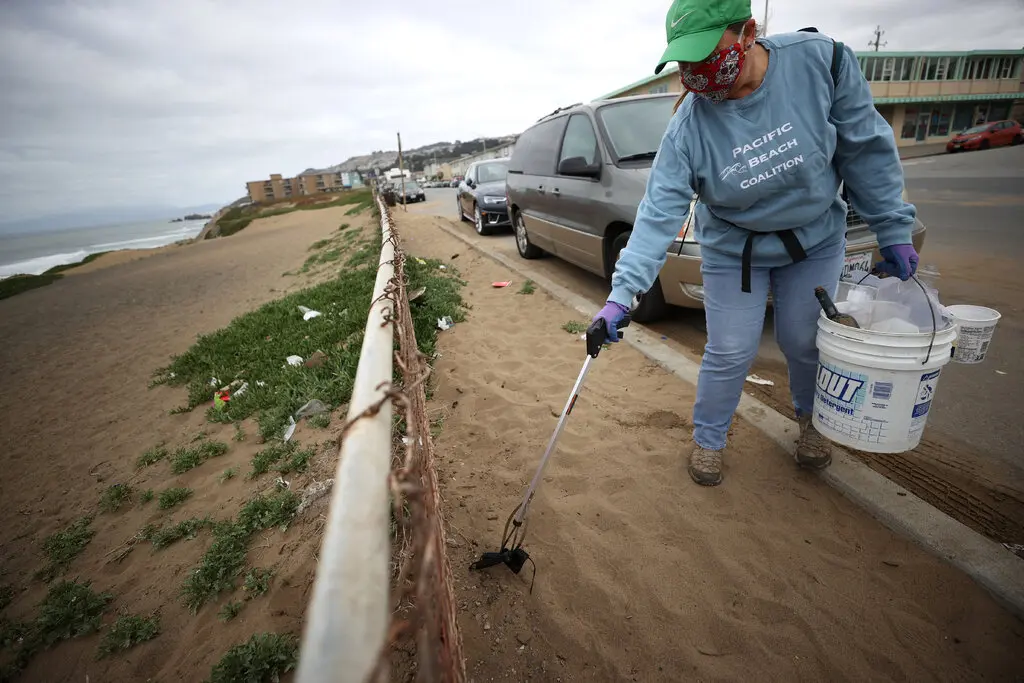New York Times, Livia Albeck-Ripka 3/7/22
In a First, California Plans to Clean Up Microplastics
The state has adopted a strategy to monitor and reduce the ubiquitous form of pollution.
They are in your gut. They are in the ocean. They are even floating through the air in the most remote regions of the West. Microplastics — fragments of broken-down plastic no larger than a fraction of an inch — have become a colossal global problem.
California wants to fix that.
Last month, the state became the first in the nation to adopt a strategy addressing the scourge of tiny detritus. “We need to eliminate our addiction to single-use plastics,” said Mark Gold, the executive director of the Ocean Protection Council, the governmental body that approved the plan.
The strategy is not regulatory, but the council has committed to spending $3 million this year, with reduction targets laid out between now and 2030. Gold added, “You find microplastics everywhere you look.”
By some estimates, humans have manufactured about 8.3 billion metric tons of plastic, only nine percent of which has ever been recycled. About 11 million metric tons of this plastic end up in the ocean every year, and without intervention, this number is expected to triple by 2040, according to the council. When these plastics break down, they can be eaten by marine animals, stunting their growth and causing reproductive problems. They have also been found in human organs, including placentas, as well as in soils and plants.
California’s strategy is part of a global effort to address this problem. Last week, representatives from 175 nations agreed to begin work on a legally binding treaty that would commit them to recycling and cleanup measures, as well as curbs on plastic production. The treaty, supporters say, would be the most important environmental accord since the 2015 Paris Agreement on climate change.
At the local level, California’s strategy primarily aims to do two things: First, prevent plastics from entering the environment. Second, monitor those that are already out there.

